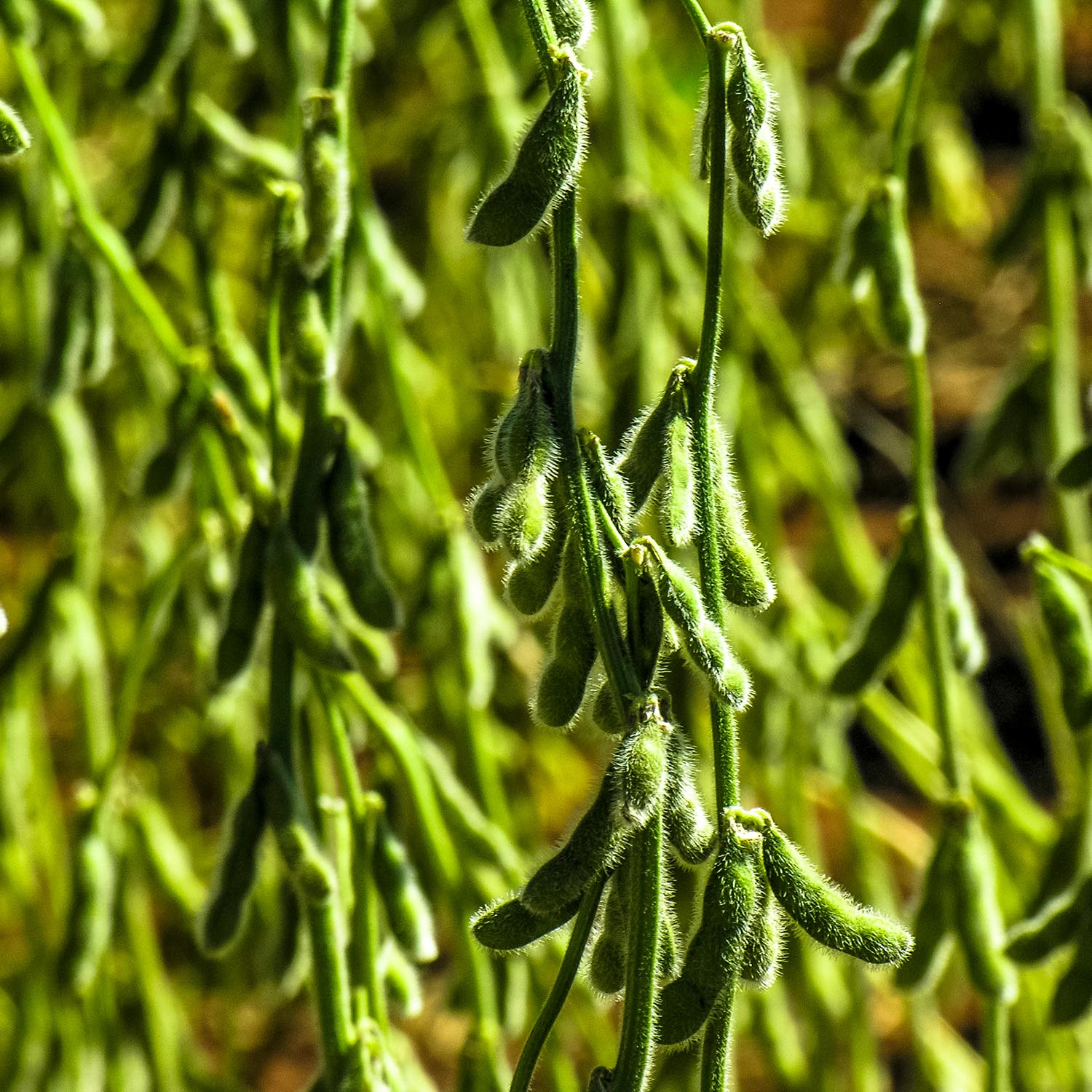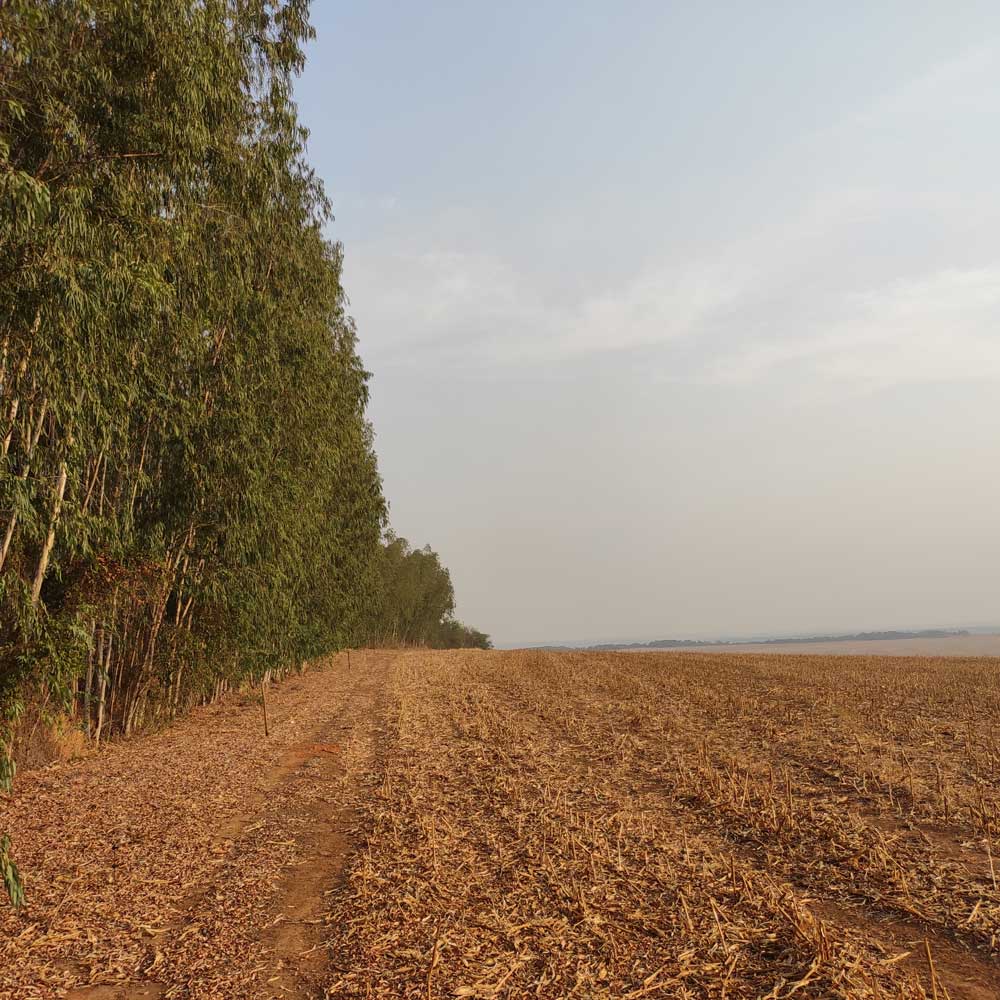
The leadership of Mato Grosso in Brazilian soybeans is recent. Historically, the southern states of Rio Grande do Sul and Paraná were the main producers of the grain. During the 1980s, crops began to multiply in the Brazilian Midwest, the result of a diaspora of Southern producers in search of cheaper land in soils equally suitable for soybean cultivation.
At the turn of the 1990s to the 2000s, Mato Grosso would take the lead in the national soybean ranking, a position it still maintains with almost twice the production of its closest competitor. In 2021 the volume of hectares destined for soybean cultivation is expected to exceed 10 million.
Soybeans, alongside livestock, became the flagship of agribusiness expansion in Mato Grosso. Today, the sector is responsible for more than 50 percent of Mato Grosso’s GDP – the highest percentage in the country. And it was also the engine of a start in the state’s economy: its GDP per capita jumped from R$ 7,928.00 in 2002 (Brazil’s was R$ 8,378.00) to R$ 37,914.00 in 2017 (in the same year, Brazil registered R$ 31,587.00).

So much strength didn’t come without side effects, however. Agricultural expansion occurred at the expense of forests and other natural habitats in the Amazon and Cerrado biomes. Spatial forest monitoring systems registered record deforestation in 2003 , spurring a series of federal public policies from 2004, which began slowing the pace of destruction. It worked.
Since 2004, deforestation has plummeted in Mato Grosso, although it has registered a reflux since 2019. Part of the success of the strategy, which aimed to balance environmental protection with agricultural productivity, is the establishment of the Produzir, Conservar, Incluir (PCI – Produce, Conserve, Include) Initiative in 2015. The initiative, to which the SCF contributes since 2020, aims, amongst several goals, to reduce deforestation of the Amazon forest and the Cerrado by 90 and 95 percent respectively, to recover natural forests, to increase soybean and livestock production, and to provide technical assistance to more than 100,000 small farmers in the state.
“Agribusiness continues to grow and export a lot, but there’s hope that Brazil will be able to meet the total demand while conserving biodiversity and responding to the challenges of climate change”, shared Fernando Sampaio, executive director of Instituto PCI. “Our goal is to coordinate public and private actions to bring investments to the sector, which is fundamental to make the goals happen.”
“Mato Grosso is centered in the eyes of the world and is under pressure from world trade due to its concentration of environmental assets. And producers also feel this pressure,” said Maria Zelma Gomes, project coordinator for Produzindo Certo, an organization that works in partnership with PCI in technical and logistical support for soybean production.
As part of the SCF-PCI collaboration, Maria worked on the front line to connect with and establish socio-environmental assistance of 50 farms in Mato Grosso. The diagnosis prepared by Produzindo Certo indicates that most producers claim to have an interest in expanding production to already open areas or converting pasture into agriculture – thus avoiding any advance on native vegetation.
To do this, however, producers are asking for help. The appeal, especially for small and medium-sized businesses, is for more attractive financing and subsidies and more affordable technical assistance regarding best practices. “It’s an open-air industry and there are variations: climate oscillation greatly influences routine and price variation, due to exchange rate fluctuation or labor turnover, which interferes with planning,” explains Maria Zelma.

Two examples of how it is possible to quickly make the curve and adopt more sustainable practices are the municipalities of Campos de Júlio and Planalto da Serra.
In Campos de Júlio, the state’s largest GDP per capita, the soybean boom enriched the city, but deforested about 225,000 hectares of native vegetation. Through monitoring and support action, deforestation was drastically reduced: in 2019 it registered 92 percent less than the base period 1996-2015.
In Planalto da Serra, deforestation reduction was even greater: 94 percent in the same period. The municipality is also moving forward in another important aspect. Approximately 75 percent of the current production is grown on family farming properties. And this is one of the top goals of the PCI for soybeans in Mato Grosso: to increase, by 2030, the share of family farming in the domestic market from 20 percent to 70 percent and in institutional markets from 15 percent to 30 percent.
“This is how we can have a really sustainable territory,” concludes Fernando Sampaio.

